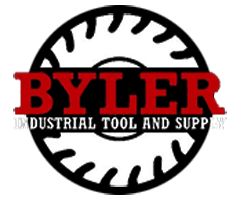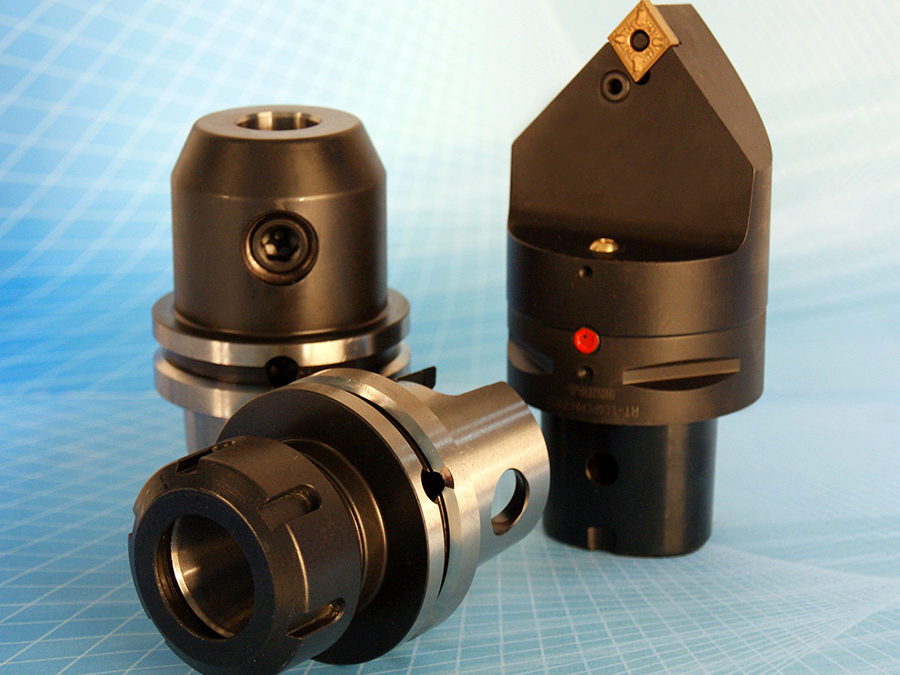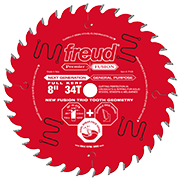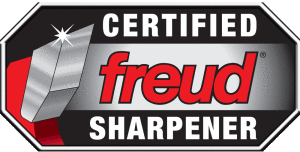If you’re looking for faster machining and better finishes on your metal projects, look no further than carbide insert tooling. Carbide inserts are swappable pieces of cemented carbide that are used in a variety of applications, including machining steel, iron, alloys, and other nonferrous materials. Unlike traditional high-speed steel tools, carbide inserts are designed to withstand high temperatures while still delivering high-quality results.
3 Things to Know about Carbide Inserts
At Byler Industrial Tool, we offer carbide insert tooling configurations from a variety of manufacturers along with a 100-percent guarantee on tool performance. That means you’ll have peace of mind knowing you’re getting only the best carbide inserts for your business.
If you’re unfamiliar with carbide insert tooling, these three facts can help you understand how and why such a configuration can increase your profits, decrease your downtime, and help you achieve better results:
Cemented carbides are manufactured to be tough and durable.
Manufactured using a metal matrix composite that involves carbide particles acting as an aggregate and a metallic binder serving as the matrix, carbide inserts have distinct properties that make them uniquely ideal for many metalworking applications.
Carbide inserts give the best of both worlds in terms of precision and durability.
As a material, carbide can be more expensive than other types of materials commonly used in tools. It can also be more brittle when used in certain applications. That’s why carbide inserts are ideal, as they can be used in tools that are made from less brittle materials while still delivering the extremely accurate cuts and precise specifications that your business demands.
Coatings are applied to carbide inserts to increase their lifespan and improve precision.
To further improve the durability and lifespan of carbide inserts, many manufacturers apply coatings, including titanium nitride, titanium carbide, titanium carbide-nitride, and titanium aluminum nitride. Coatings increase the inserts’ hardness or lubricity, making them less likely to chip or break. They also allow the inserts to more easily pass through the material they’re cutting without it sticking to them, allowing for greater precision and control.




